Pinching Japanese Maples
tapla (mid-Michigan, USDA z5b-6a)
8 years ago
Featured Answer
Sort by:Oldest
Comments (32)
Related Professionals
Allen Landscape Architects & Landscape Designers · Mitchellville Landscape Architects & Landscape Designers · Deerfield Landscape Contractors · Dudley Landscape Contractors · Inglewood Landscape Contractors · Eden Prairie Solar Energy Systems · Chicago Window Contractors · Gibsonton Window Contractors · Lake Forest Park Window Contractors · Sugarland Run Window Contractors · Wixom Window Contractors · Fullerton Fence Contractors · La Grange Fence Contractors · Staten Island Fence Contractors · Waunakee Fence Contractorsgreenman28 NorCal 7b/8a
8 years agogreenman28 NorCal 7b/8a
8 years agohalocline
8 years agomyermike_1micha
8 years agoKimberly zone 10 so cal
8 years agotapla (mid-Michigan, USDA z5b-6a)
8 years agotropicofcancer (6b SW-PA)
7 years agohalocline
7 years agotapla (mid-Michigan, USDA z5b-6a)
7 years agotropicofcancer (6b SW-PA)
7 years agotapla (mid-Michigan, USDA z5b-6a)
7 years agoval rie (7a - NJ)
5 years agochamaegardener (Z5) Northeast Illinois
2 years agotapla (mid-Michigan, USDA z5b-6a)
2 years agolast modified: 2 years agotapla (mid-Michigan, USDA z5b-6a)
last year- tapla (mid-Michigan, USDA z5b-6a) thanked chamaegardener (Z5) Northeast Illinois
- tapla (mid-Michigan, USDA z5b-6a) thanked chamaegardener (Z5) Northeast Illinois
tapla (mid-Michigan, USDA z5b-6a)
last year- tapla (mid-Michigan, USDA z5b-6a) thanked chamaegardener (Z5) Northeast Illinois
tapla (mid-Michigan, USDA z5b-6a)
last yearchamaegardener (Z5) Northeast Illinois
last yearlast modified: last yeartapla (mid-Michigan, USDA z5b-6a) thanked chamaegardener (Z5) Northeast Illinoistropicofcancer (6b SW-PA)
last yearlast modified: last yeartapla (mid-Michigan, USDA z5b-6a) thanked tropicofcancer (6b SW-PA)tropicofcancer (6b SW-PA)
last yeartapla (mid-Michigan, USDA z5b-6a) thanked tropicofcancer (6b SW-PA)tapla (mid-Michigan, USDA z5b-6a)
last year
Related Stories
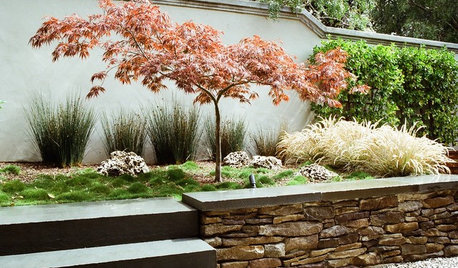
GARDENING AND LANDSCAPINGGreat Design Tree: Japanese Maple
Lacy form and fiery fall color make Japanese maple a welcome tree for garden or patio
Full Story
TREES11 Japanese Maples for Breathtaking Color and Form
With such a wide range to choose from, there’s a beautiful Japanese maple to suit almost any setting
Full Story
TREESGreat Design Plant: Coral Bark Japanese Maple, a Winter Standout
Go for garden gusto during the chilly season with the fiery red stems of this unusual Japanese maple
Full Story
GARDENING GUIDES12 Japanese Maples for a Sunny Garden
The right maple in the right place shines in hot summer sun
Full Story
GARDENING GUIDES13 Japanese Maples for Shade
A surprising variety of these understory trees is waiting to make a statement in your shade garden
Full Story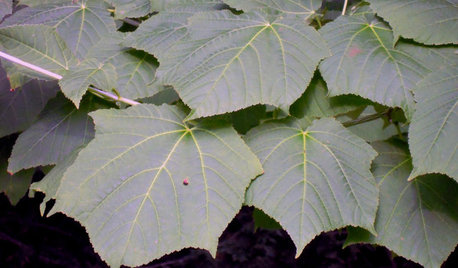
GARDENING GUIDES5 Amazing Small Maple Trees
There's more to maples than syrup. Expand your maple milieu with any of these 5 small and unusual trees
Full Story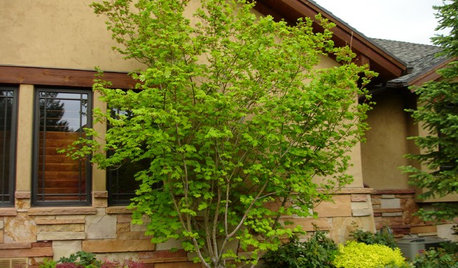
LANDSCAPE DESIGNGreat Design Plant: Vine Maple
Exciting year-round color and adaptability make this highly ornamental native small tree a top choice for home gardens
Full Story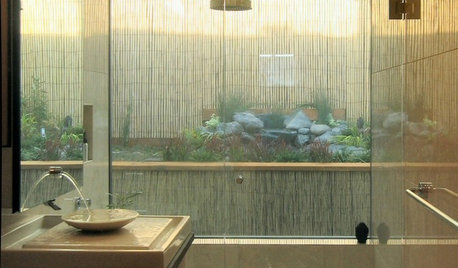
DECORATING GUIDESSo Your Style Is: Japanese
Peaceful and pure, Japanese interior design style celebrates the ancient customs of the East
Full Story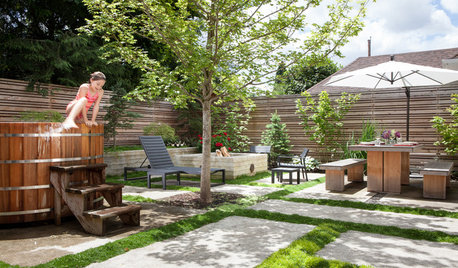
PATIOSBackyard Ideas: Writer's Studio and a Japanese-Inspired Garden
A nearby Japanese garden inspires a feature-packed backyard and studio for a work-from-home Portland writer
Full Story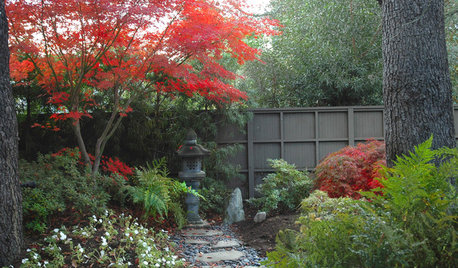
LANDSCAPE DESIGNLay of the Landscape: Create the Beauty of a Japanese Garden
Balance, enclosures and the forms of nature combine in serene Japanese garden design. Bring the look home with some of these principles
Full StoryMore Discussions









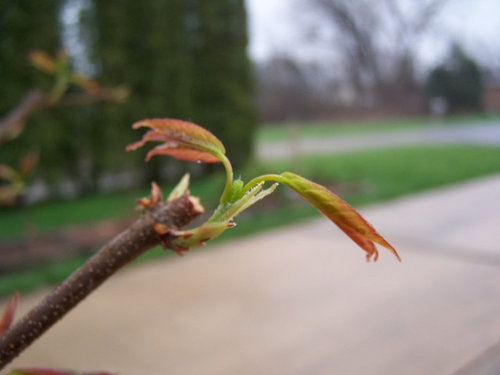


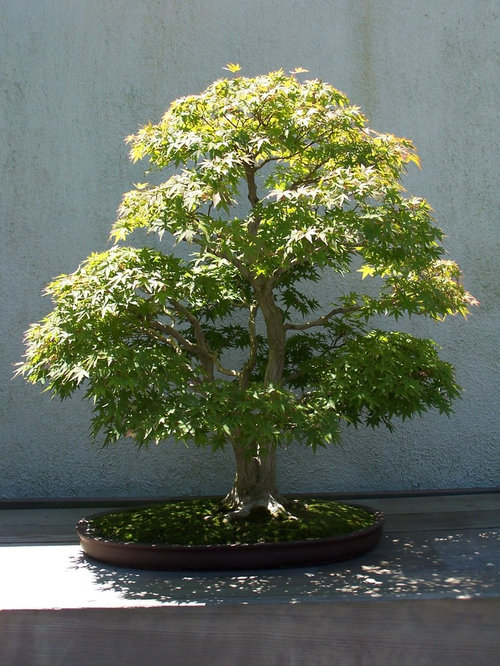






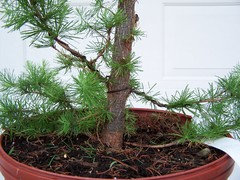







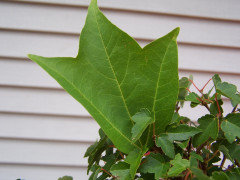



Kimberly zone 10 so cal